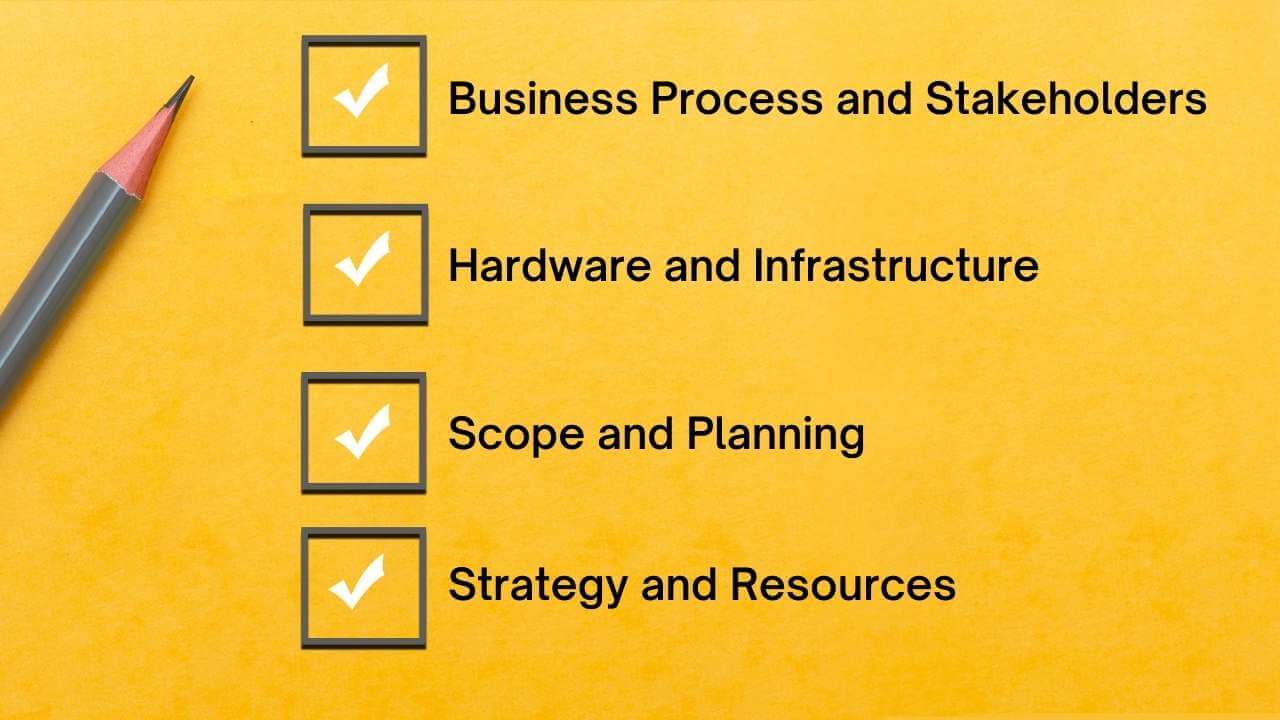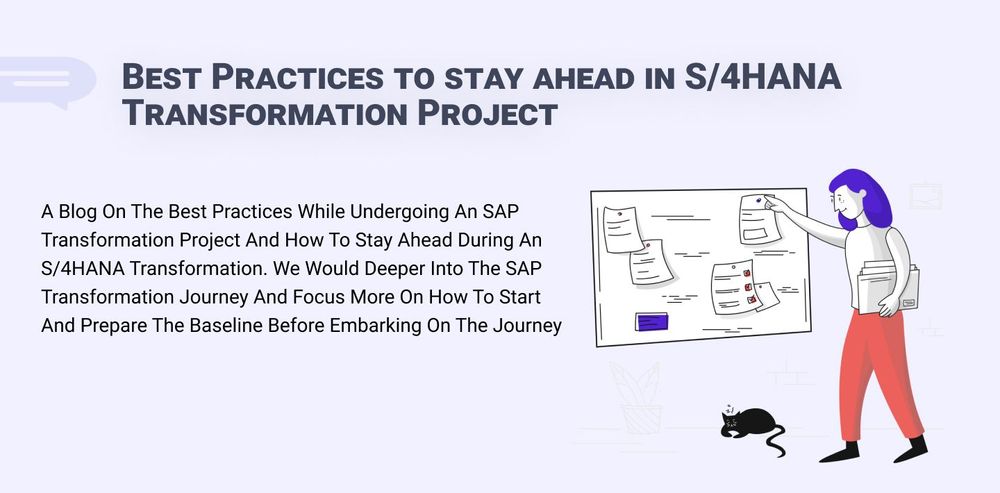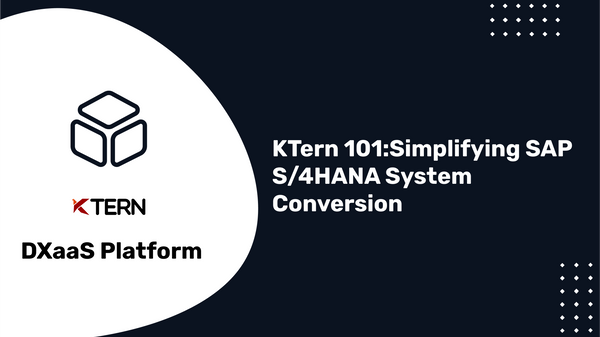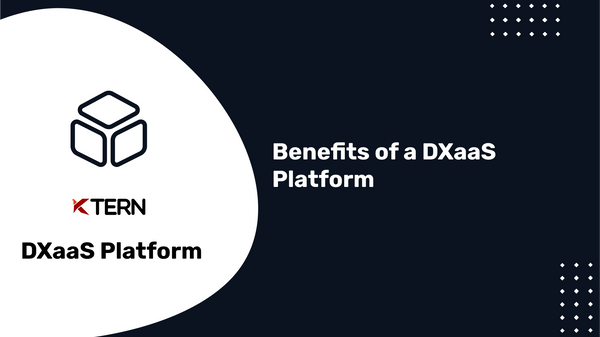Best Practices for S/4HANA Transformation of SAP Project
Table of contents
- Introduction
- Start Early!
- Get SAP on your side
- Have an active steering committee
- Map future business processes before selecting a solution
- Don't try to boil the ocean
- Focus on value realization over time
- Research and understand the most common S4/HANA implementation issues before starting your project
- Early planning, strong leadership, and a willingness to adapt

Introduction
In my previous article, I spoke about how ECC can be better transformed to S/4HANA and what are the key steps to look at before even starting it. In this article, we would deeper into the SAP transformation journey and focus more on how to start and prepare the baseline before embarking on the journey. We can also call this to be Pre-Discover phase, where we set up the required baselines in order to achieve the transformation goals be it Greenfield Implementation or Brownfield Conversion.

Start Early!
- Start at least 6 months in advance
- Planning is key
- It is hard to re-plan later
- Checklist of things to do before starting
Whether you are planning a brownfield S/4HANA transformation or a greenfield implementation, starting early is the best way to ensure success.
While there are plenty of reasons to start your project early, also keep in mind that there may be things that will inevitably arise as you move through your project. For example, you may need to spend more time than expected on data migration or conversion. Or you may realize that it takes longer than anticipated to create and implement custom code for new business processes. Regardless of why projects slip, one thing’s for certain – with S/4HANA – it’s much harder (and more expensive) to re-plan later in the game if your initial timeline gets thrown off course.
Following this checklist will help ensure that you know exactly what needs to happen before undertaking the SAP S/4HANA transformation project:
By Business Process and Stakeholders
- Determine how many users you’ll need by geography and by business role;
- Think about which line of business and functionalities you want;
Hardware and Infrastructure
- Understand your hardware requirements and infrastructure needs
- Consider whether or not an SAP S/4HANA Public Cloud solution makes sense for your business;
- Make sure you have a plan for post-implementation support costs;
Project Scope and planning
- Set a realistic target date for your SAP S/4 HANA transformation
- Identify the scope of your project to determine the functionality you want from your new system.
Strategy and Resources
- Define your organization’s business needs and goals and understand the business processes that will be affected by the implementation.
- Evaluate whether or not you have sufficient resources to handle the implementation in-house or if it makes sense to outsource certain parts of the process (customization, data migration/cleansing, etc.).
- Determine how you will address non-functional aspects such as security, compliance, performance, etc., which are critical for successful implementation and ongoing maintenance.

If you are planning to start your SAP transformations, you might find this helpful.
Get SAP on your side.
The best advice we can give you is to get SAP on your side. The benefits of working directly with SAP are many but here are a few:
- Understand the SAP Activate Methodology so that you can have a clear expectation of the project and activities in place. Learn more about SAP Activate and how KTern automates it
- Learn about the Automation Platforms like KTern.AI that can make your life easier by providing automation for all tasks including project workspace, analysis, template generation, documentation, etc.
- Understand the Readiness Check which will help in identifying gaps and reduce risks.
- Try to get early access to the S/4HANA Cloud Sandbox if possible so that you can understand its capabilities and functionalities better
Since its major release in 2015, SAP S/4HANA has continued to evolve, enhancing the software's capabilities and helping it to become the most cost-effective and efficient systems suite on the market. The focus of its updates has been around enhancing security and usability. On the latter, SAP is making a concerted effort in pushing for increased accessibility by developing features that make the system easier to use across all platforms like mobile devices and IoT devices.
There are a lot of things that you can do during this transformation process that will help move you forward with a successful outcome. However, as with any software project, what is most important is that you start doing something during this endeavor as early as possible.
To summarize :
- Seek support from SAP
- Understand the SAP Activate Methodology and various tools to automate them
- Learn about the SAP Automation Platforms like KTern.AI
- Understand the SAP landscape
- Seek early access to the SAP S/4HANA Cloud Sandbox
Have an active steering committee.
- Make sure the steering committee is actively engaged
- Make sure senior leaders are on the steering committee
- Make sure the steering committee is empowered to make decisions
Be sure to have an active steering committee. This is where key decisions are made and the project can be monitored throughout the duration. These should include senior leaders who will be highly impacted by the S/4HANA changes, as well as key decision-makers who can approve budgets and make final decisions for the company. It is important that this group follows a set agenda, communicates frequently, takes notes, and tracks issues and outcomes in a consistent format. The steering committee must also be empowered to make decisions.
- Prioritizing workstreams based on business’s needs
- Deciding on scope, customization, and prioritization of SAP S/4HANA projects
- Playing a role in the Go / No Go Decisions
- Regular role in the Project review meetings

Map future business processes before selecting a solution.
- Know what you want to get out of the project
- Understand how your business processes work today
- Understand how your business processes will work in the future
- See what your competitors are doing
- Use a business process modeling tool to model your future business processes
It is important to understand what you want to get out of the project. The best way to do this is to map your current and future business processes before selecting a solution. This will ensure that you select a solution that supports the way you do business today and tomorrow, not yesterday.
To start creating a roadmap of your target business processes, follow these steps:
- Understand how your business processes work today by mapping them
- Understand how they will need to work in the future by defining target processes
- See what your competitors are doing by looking at innovative process models
There are various tools available that allow you to build process maps including KTern.AI, which provides templates and guidance for modelling.
Process Mapping in KTern.AI driven by Data
Don't try to boil the ocean.
- Examples of what not to do in an SAP project
- Focus on what is important and what can give you the best value
- Focus on the business processes that will give you the most value for the least cost
When embarking on an SAP transformation project, some customers try to boil the ocean by trying to do everything at once. This is a massive undertaking, and it will not work. You need to focus on what is important and where you can get business value for the least amount of effort or cost.
For example, you could start with your financial processes which are heavily used by every department in your organization. You could also start with finance because it has one of the biggest impacts on your bottom line. Starting from this core process -- which many companies use in their day-to-day operations -- will give you a good overall understanding of your current business processes and how they will fit into S/4HANA.
You may feel like you have other departments that need new technology before finance does, but there's no need to do them all at once! The current ERP on HANA (EHP 8) comes with over 1,000 innovations that can help improve your business processes across all departments.
Focus on value realization over time.
- Focus on the value to the business
- Focus on the end solution, not the interim steps
- Deliver value incrementally
- Use agile development methodologies
- Use a phased approach
Today, organizations are looking more than ever for quick returns on their IT investments. They want to recoup as much value as possible from each project, and they want to do it fast. As a result, there is a renewed emphasis on the importance of value realization—the process of translating technology into business improvements.
The concept of value realization is not new, but its prominence has increased with the growth in cloud technologies and the speed at which they can be implemented. These solutions are designed to offer the maximum benefit with minimal risk and effort—and that's great news for both businesses and customers.
But what does this mean for your S/4HANA transformation? In a word: focus. It's important to focus less on your intermediate goals (like migrating modules) and more on your end goal (delivering business value). A phased approach will help you achieve this by allowing you to deliver incremental benefits throughout your journey—rather than waiting until everything is complete before seeing any returns at all
Please take the time to look at how long your S/4HANA migration is taking. Where is all the time going? What activities are taking longer than expected? Are you getting value out of these activities over time? If not, rethink your approach to value realization.

Phased Approach and Indicative Timeline from KTern.AI based on Data
Research and understand the most common S4/HANA implementation issues before starting your project.
- List of common issues
- How to avoid common issues
- What to do if you encounter one of the common issues
- How does this all work?
- What does it mean to implement SAP S/4HANA, and when should a typical implementation start?
- What are the most common implementation delays?
- What can be done to avoid these delays?
- Should I consider using a S/4HANA implementation partner, or will that not really help my SAP project process?
The major topics to be covered here are:
- The most common S/4HANA implementation issues,?
- How to avoid the most common S/4HANA implementation issues, and?
- What to do if you encounter one of the most common S/4HANA implementation issues.
There are quite a few pitfalls that are common enough for us to summarize here. These include:
- Poor modernization planning - this usually results in poor data migration and redundancy.
- Lack of clarity with regards to what SAP modules should be integrated with the new system and which ones should not. This problem is more relevant when implementing a new ERP system along with an existing one, resulting in overlap or duplicity.?
- Skill shortage : Not having the right resources on your team who can efficiently handle the transition from legacy systems to modern technology.?
There must be a clear understanding of your desired end goal, but you must also be prepared to pivot as you receive more information and changing needs arise.
Develop a contingency plan. Identify potential risks early in the project and create mitigation plans that consider solutions and resources required for each scenario. It will help you get ahead of any potentially project-stalling situations and ensure that if things aren’t moving forward, there is a path for recovery.

Be prepared to pivot based on new information and changing needs.
- Have a clear idea of your end goal
- Be flexible and adaptable
- Develop a contingency plan
- Use agile project management techniques
- Use iterative development
- Examples of agile project management techniques
While it is important to have a clear idea of your end goal and work towards that, be prepared for the possibility that additional information will change your needs. You will likely uncover new challenges as the project progresses and need to pivot accordingly.
Developing a contingency plan is great way to stay ahead of potential obstacles, but you should also consider using agile project management techniques. Agile involves iterative development, which includes shorter development cycles with frequent checkpoints. Iterative development enables you to review results and make changes based on new information as the project unfolds, rather than at the end when it may be too late.
Examples of agile project management techniques include Scrum (daily 15-minute meetings), Kanban board (task cards in columns) and pair programming (developers working together). Each technique has its benefits depending on what works best for your team’s communication style. By applying agile project management techniques, you can more easily adapt to new information and changing needs during implementation.
Early planning, strong leadership, and a willingness to adapt will help ensure your transformation project is a success!
- Understand the problem before starting on a solution
- Importance of planning ahead of time
- Examples of tangible goals you could achieve in 3-6 months
The journey to S/4HANA is full of wonder, but it's not without its challenges. Here are some tips to help guide you on your way:
- Plan early. One of the biggest mistakes companies make when undergoing a digital transformation is waiting too long to plan the project. If you have a legacy system that isn't working for your company, you may be tempted to fall behind in this aspect and jump straight into the project. It's true that if you move too quickly, you may lose out on valuable opportunities for insight and innovation — but if you wait too long, then your chances of success will already be at risk. The best thing a company can do is start planning early and asking questions about how they want their business to change with this new technology before jumping into a full-fledged implementation project.
- Be realistic about what can be achieved realistically in three years (or less). One common mistake I see companies making is setting unrealistic expectations around what they'll accomplish during their digital transformation projects—and then failing because those goals weren't met on time or within budget! A great example of this would be when an organization sets itself up as an agile development shop before having any experience building software products or projects; another example would include investing heavily into one platform while ignoring other areas like marketing operations or customer support channels that could benefit just as much from being transformed digitally."
Phew...Thanks for reaching the end of this article and I hope you find this helpful for your transformation journey.
Did you find this content helpful? If yes and you are planning for SAP S/4HANA Transformation reach out to us and get started with KTern.AI




